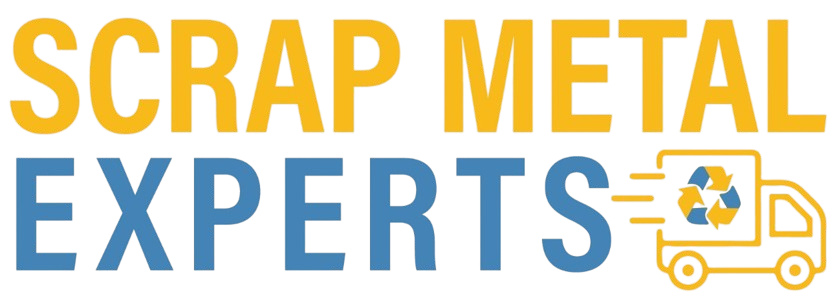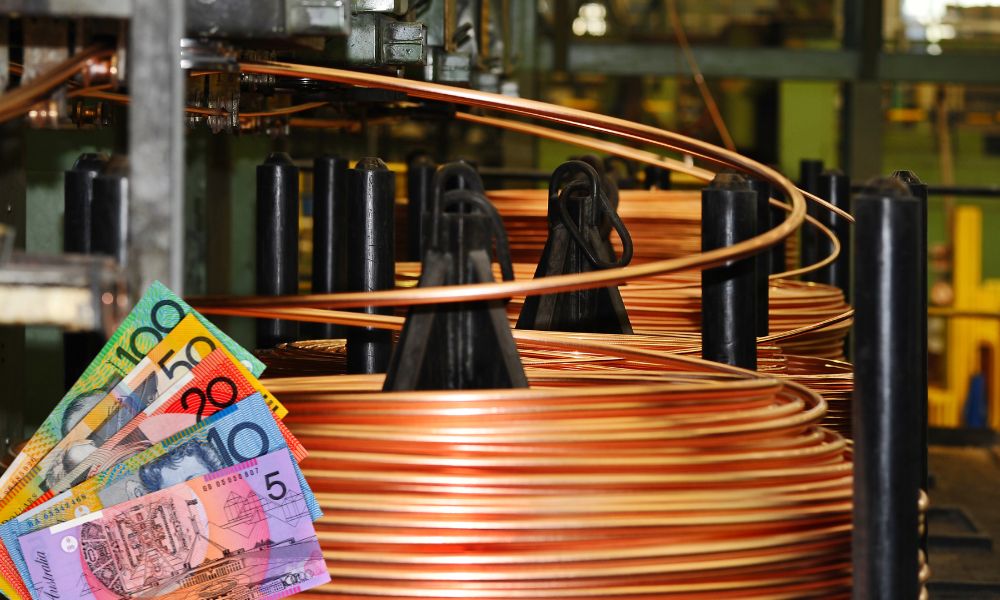Current Copper Scrap Prices Sydney Per KG
Copper is one of the most sought-after materials in the scrap metal industry, known for its high resale value and broad range of uses in electrical, industrial, and construction sectors. In cities like Sydney, copper scrap continues to hold strong market interest due to steady demand and limited availability.
This article provides a comprehensive overview of the current copper scrap prices in Sydney per kilogram, the different types of copper scrap, and the key factors that influence market rates. Whether dealing with residential scrap or commercial quantities, staying informed about market trends can help sellers make better decisions and receive fair compensation.
Why Copper Holds High Value in the Scrap Market
Copper is a non-ferrous metal with excellent conductivity, corrosion resistance, and workability. In the scrap market, copper is often recovered from sources like old wiring, plumbing, roofing materials, electrical components, and industrial machinery. Because of its purity and demand, copper usually commands higher prices than most other metals. As the global economy continues to rely on copper in construction, energy, and infrastructure projects, its scrap value remains stable and relatively high.
Additionally, copper is not as abundant as other metals, which contributes to its higher price. The extraction and refinement process is also more labour-intensive compared to aluminium or steel, which drives up the market price. With the growing need for copper in electric vehicles, renewable energy systems, and telecommunications, the demand is expected to stay strong.
Types of Scrap Copper and Their Price Differences
The price paid for copper scrap depends heavily on the grade or type of copper being sold. The cleaner and purer the material, the higher its value in the market. Here are the primary types of scrap copper and how they differ:
- Bare Bright Copper Wire: This is the highest quality of scrap copper and also the most valuable. It must be shiny, uncoated, and free from insulation or paint. Typically, bare bright copper is recovered from electrical work and large industrial cabling. It should be at least 1mm in thickness and contain no oxidation or residue.
- #1 Copper: This grade includes clean copper pipes or wires that may have slight tarnishing but are otherwise free from solder, coatings, paint, or any attachments. It is also commonly found in electrical and plumbing systems and is second only to bare bright in terms of value.
- #2 Copper: Copper classified as #2 generally contains some impurities or attachments such as solder, paint, or corrosion. This grade is often found in older plumbing pipes, radiators, or components that have been exposed to elements. While it still holds significant value, it is priced lower than higher-grade copper.
- Insulated Copper Wire (ICW): Insulated copper wire contains copper cores covered with plastic or rubber insulation. The value of this material depends on the percentage of copper content versus insulation. High-grade insulated wire, such as that from telecommunications, will typically fetch a better price than low-grade versions like household extension cords.
- Copper Sheet and Tubing: Copper sheets and tubing are often recovered from construction, plumbing, and industrial installations. These materials may contain light tarnish or wear but are usually valued for their high copper content. Depending on cleanliness and whether solder or fittings are attached, these can be classified as either #1 or #2 copper. Tubing without any attachments is often priced closer to #1 copper.
Current Copper Scrap Prices in Sydney (Per KG)
Copper scrap prices fluctuate regularly based on a variety of market and economic factors. The following table provides an estimate of current copper prices per kilogram in Sydney. These figures are approximate and can vary slightly depending on the scrap metal buyer, location, and condition of the scrap.
| Copper Type | Estimated Price Range (Per KG) |
| Bare Bright Copper | $10.20 – $10.80 |
| #1 Copper | $9.70 – $10.30 |
| #2 Copper | $8.50 – $9.10 |
| Insulated Copper Wire (ICW) | $3.00 – $6.00 (depending on grade) |
These prices reflect recent market conditions as of May 2025. Sellers are advised to check with local scrap yards to confirm the latest rates before bringing in material.
Also Read:
Aluminium Scrap Prices Sydney
Stainless Steel Scrap Prices
How Scrap Yards Assess Copper Scrap
When bringing copper to a scrap yard, the material goes through a few basic steps before pricing is determined. This process ensures fairness for both the seller and the buyer:
- Inspection: Staff first examine the copper to identify the grade, check for any attachments, and determine its purity.
- Separation: Mixed loads are sorted into different categories based on grade and condition. Clean, sorted copper usually receives faster processing and better rates.
- Weighing: All materials are weighed using certified scales. Accurate weight measurement is critical to calculating the correct payment.
- Valuation: The copper is then priced based on its weight, grade, and the current market rate. Some yards may also consider volume discounts or promotional rates.
- Pricing Adjustments: If the material has contaminants, mixed metal content, or non-metallic inclusions, the price may be adjusted accordingly to reflect actual recoverable value.
Tips to Maximise the Value of Copper Scrap
Selling copper scrap isn’t just about showing up with the material. With a little preparation, it’s possible to significantly increase the value received per kilogram. Here are some practical tips:
- Clean and Strip the Copper: Removing insulation, paint, or solder from copper wires scrap and pipes can help upgrade the material to a higher-paying grade. While time-consuming, this effort often results in noticeably better returns.
- Sort Materials by Grade: Keeping different types of copper separate avoids the risk of high-grade material being downgraded. Sorting also speeds up the evaluation process and shows that the seller understands the value of their scrap.
- Avoid Mixing with Other Metals: Mixing copper with brass, aluminium, or steel can lead to a lower overall assessment or even a rejection of the load. Keeping copper clean and unmixed ensures maximum payout.
- Store Copper Properly: Moisture, dirt, and chemical exposure can degrade the surface of copper over time. Storing scrap in dry, covered containers helps preserve its quality and market value.
- Sell in Larger Quantities When Possible: Yards often provide better rates to those who sell copper in bulk. If feasible, it may be worth waiting until there’s enough material to meet minimum bulk pricing thresholds.
Conclusion
Copper scrap remains one of the most valuable and in-demand materials in the Sydney scrap market. Whether the material comes from leftover electrical wiring, old plumbing, or industrial dismantling, it holds significant resale value.
Understanding the different copper grades, market pricing factors, and preparation tips can help individuals and businesses alike secure the best possible price per kilogram. With market prices regularly changing, it’s beneficial to stay updated and work with reputable local scrap yards when the time comes to sell.
For those in Sydney considering selling copper scrap, checking current prices and taking time to clean and sort the material can lead to a better return on investment.

